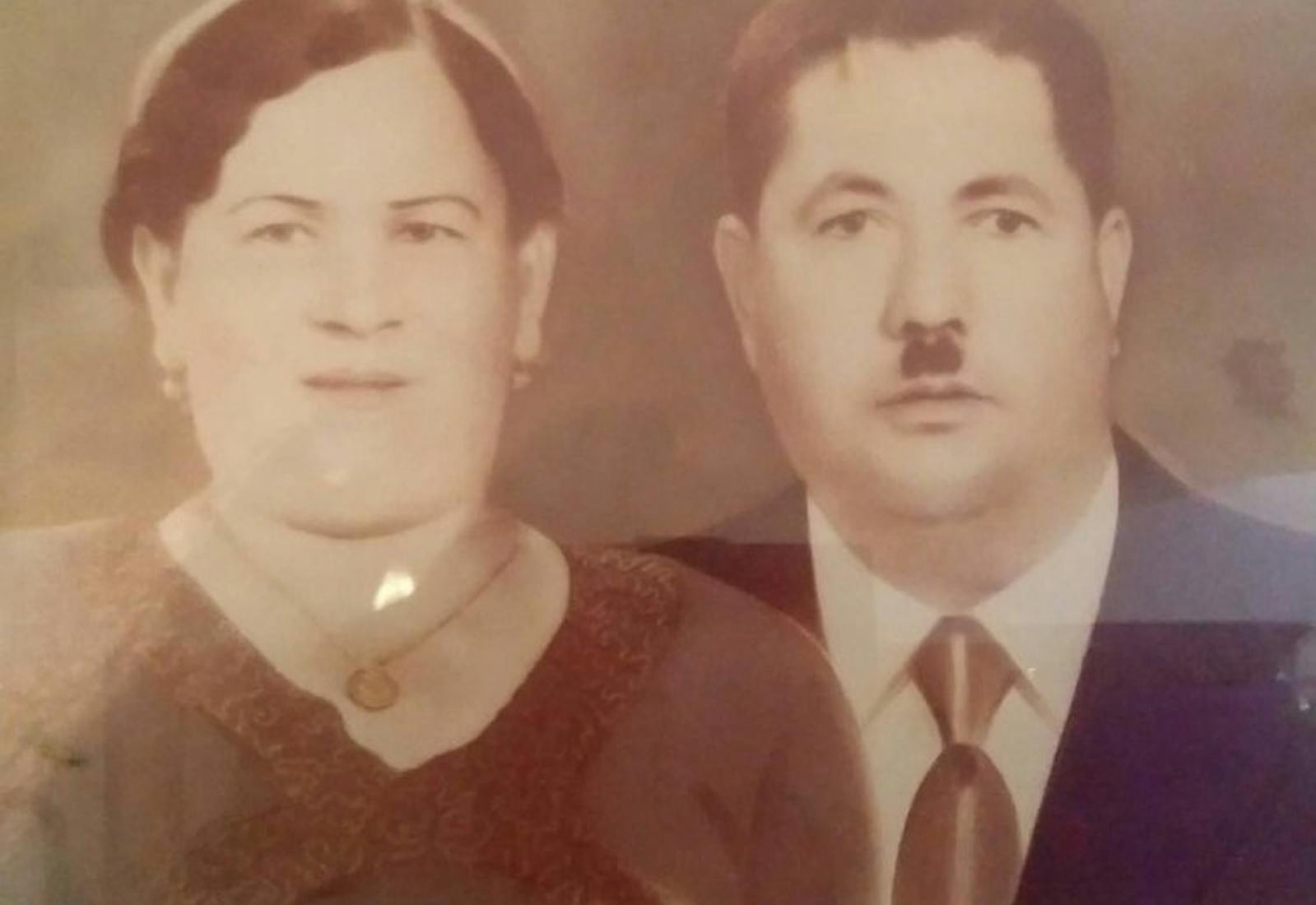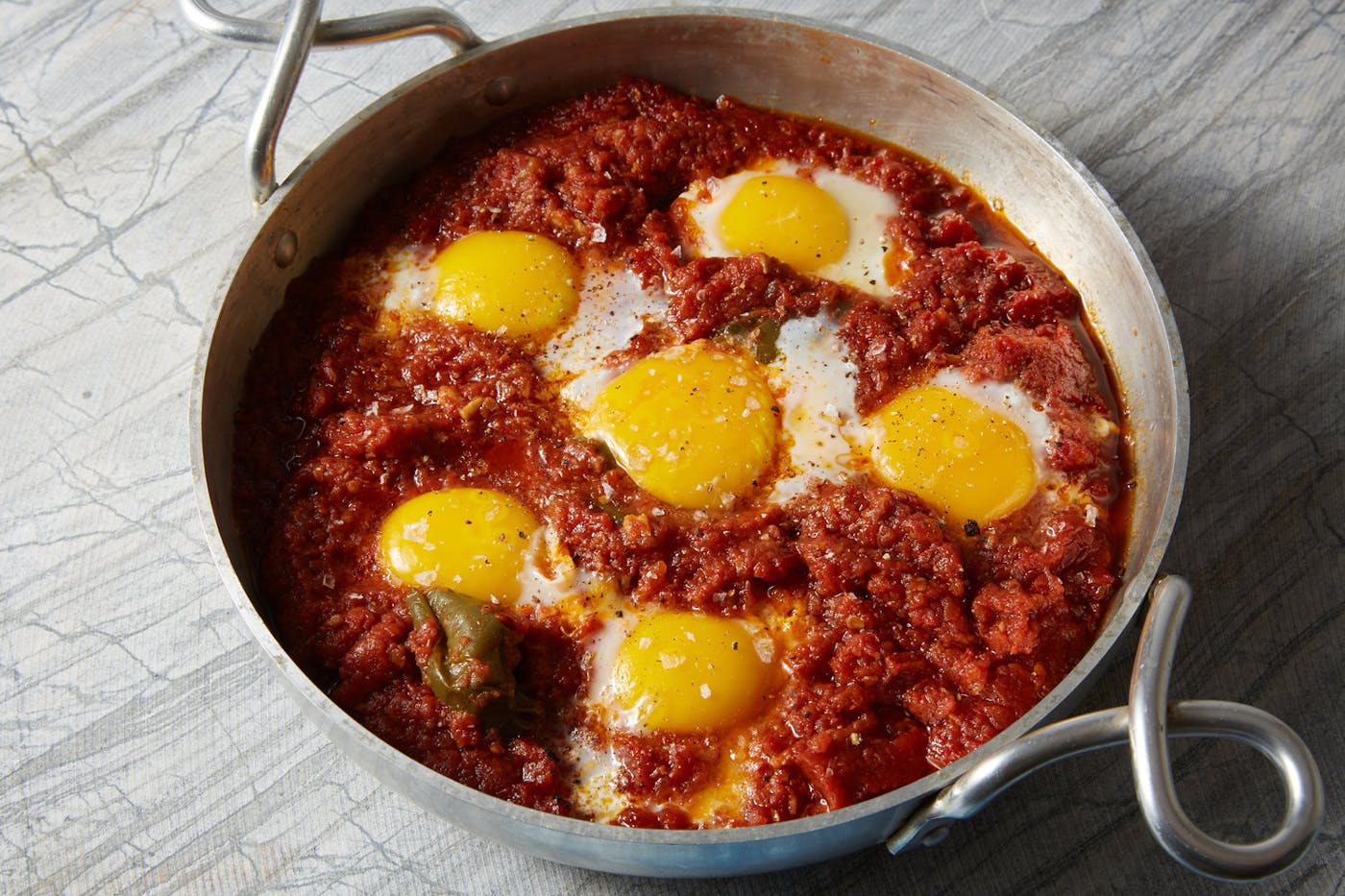Shared by Nitza Kardish

Before Nitza Kardish was born, her family lived well in Tripoli, Libya’s capital city. Family members shared a large traditional home with a well in the center and food, including ingredients like a large amberjack fresh from the Mediterranean every Tuesday, were commonplace. As the family lore goes, a lamb was slaughtered every Monday and Thursday for the extended family to eat and to share, she explained when we joined her in her home in Tel Aviv.
In Israel, where her family moved in 1949, money was tighter and meat in shorter supply. Nitza remembers a lamb was slaughtered only once a year, for Passover (after having lived with the family for three weeks). To compensate, Nitza’s mother Maloo, a gifted cook who protected and passed down the family’s recipes, relied heavily on eggs from their two chickens and easier to come by ingredients like potatoes and flour.
Nitza shared three of those recipes with us, including ma’akud a baked dish made with mashed potatoes, carrots, zucchini, and ground beef that Maloo made on Fridays. It was kept warm overnight and eaten Saturday morning for brunch after morning prayers. There was also a simple homemade bread Maloo made to dip into Libyan shakshuka, prepared with just a handful of ingredients: fresh tomatoes, oil, garlic, paprika, chili peppers, salt, pepper, and eggs. Maloo would cook down the fresh tomatoes for hours, Nitza recalls, until they formed a savory jam. She kept the prized sauce on hand throughout the week and would add eggs to it when she wanted to serve shakshuka.Today, Nitza enjoys experimenting in the kitchen and trying new recipes, but she would never alter her mother’s.
